In Three Years, Biomass Fuel Will Be Cement & Coal Plants’ Must-Have 'New Coal'!"
According to data released by the Intergovernmental Panel on Climate Change (IPCC), biomass has a carbon emission intensity of 18 g/(kW·h), comparable to wind power and negligible compared to fossil fuels like coal, oil, and natural gas.
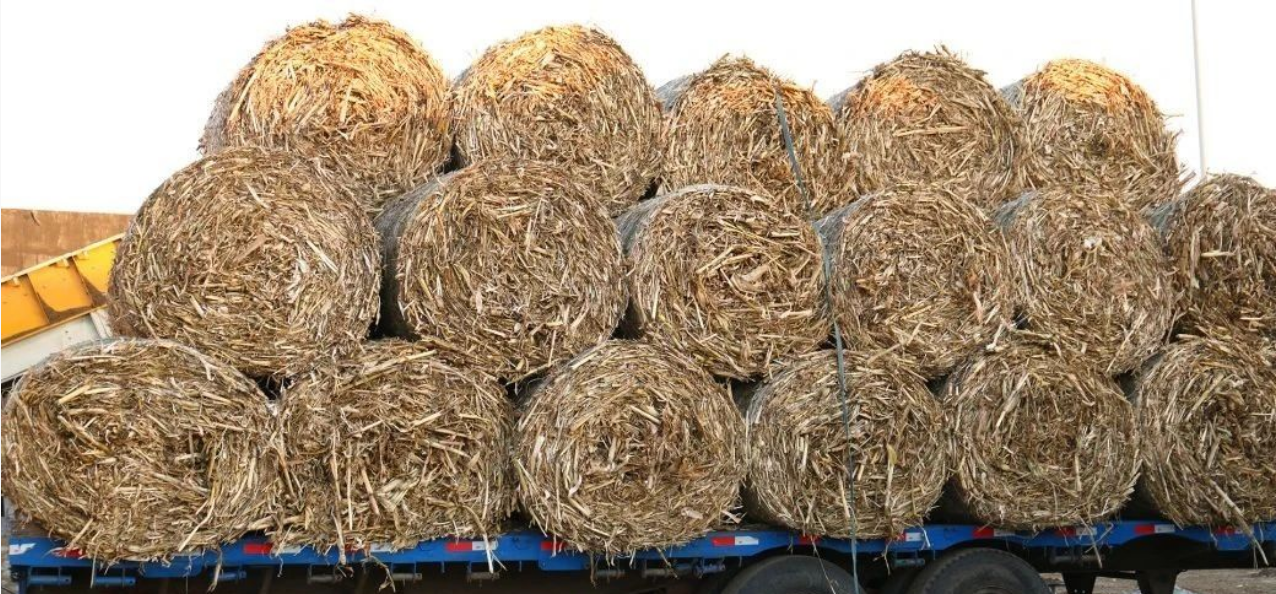
As a result, biomass energy is considered a theoretically "zero-carbon" fuel. With reserves second only to coal, oil, and natural gas, it is regarded as one of the most promising renewable energy sources of the 21st century.
Globally, biomass co-firing is a critical component of low-carbon green energy development. The IPCC’s Global Warming of 1.5°C report explicitly lists "Bioenergy with Carbon Capture and Storage (BECCS)" as a core technological pathway to achieving carbon neutrality.
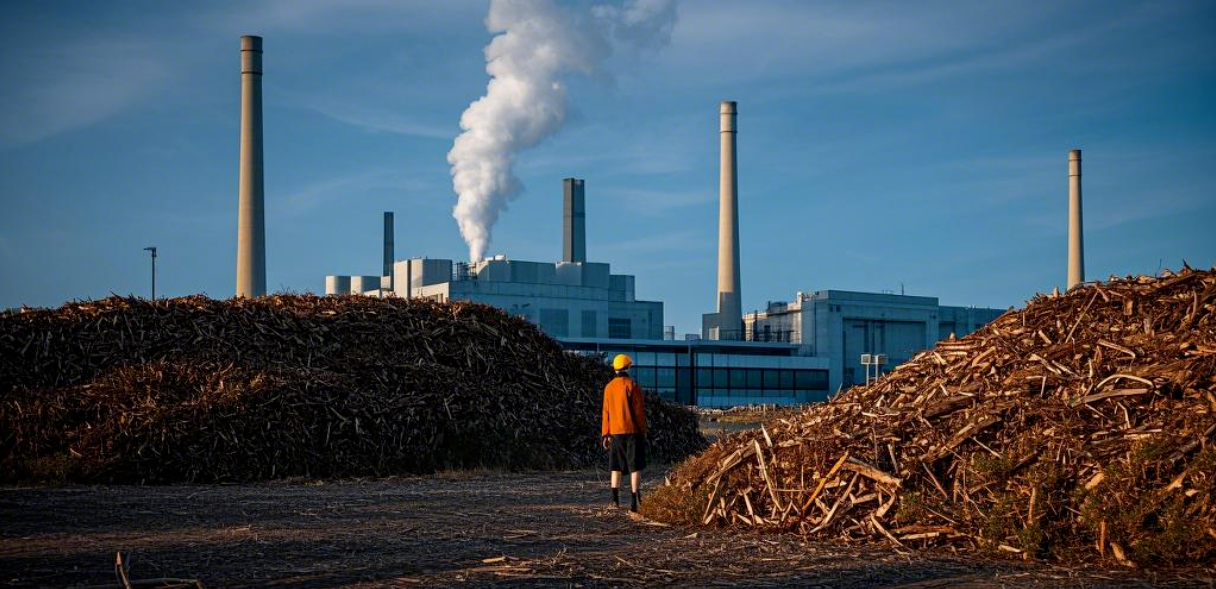
The EU has already incorporated biomass co-firing into its "Green Energy Certification System," while the U.S. Department of Energy has designated circulating fluidized bed (CFB) technology as a "priority equipment" for biomass co-firing power generation.
Technological Breakthrough: From "Impossible" to "New Normal"
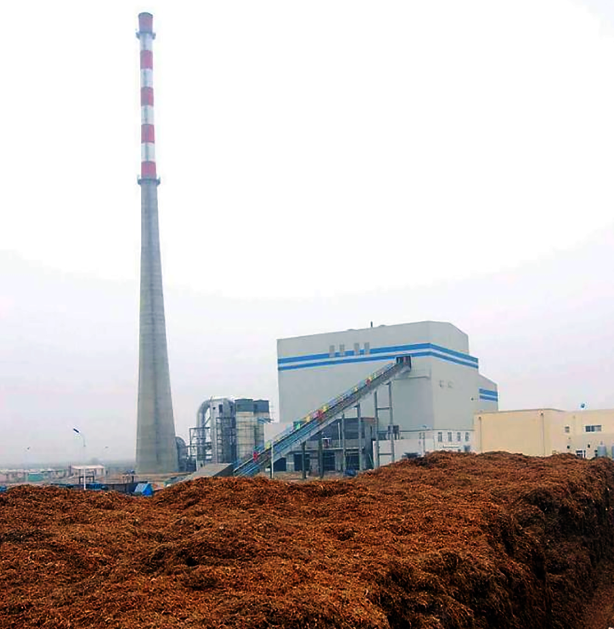
1. Maturity of Biomass Co-Firing Technologies
Direct Co-Firing:
Shanghai Electric's Caojing Power Plant in China achieved 25% co-firing of Arundo donax in a million-kilowatt unit through co-grinding technology, reducing CO₂ emissions by 440,000 tons annually. This "coal and biomass dancing in the same furnace" model, with its low retrofitting costs, is the mainstream choice for small industrial kilns/boilers.
Coupled Co-Firing:
Chongqing Conch Cement’s biomass co-firing project utilizes locally abundant agricultural and forestry waste, such as bamboo scraps and straw.
Through HARDEN's RDF (Refuse-Derived Fuel) preparation system—featuring high-speed shredders for precision crushing, dust removal, and magnetic separation—the waste is processed into RDF fuel for cement kilns, replacing coal.
Biogas/Methanol/Ethanol Production from Biomass:
The U.S. is the world’s largest fuel ethanol producer, with an output of 47.96 million tons in 2018 (56% of global production).
In biomass methanol, China leads due to breakthroughs in gasification and green hydrogen integration, targeting 8 million tons of green methanol capacity by 2028.
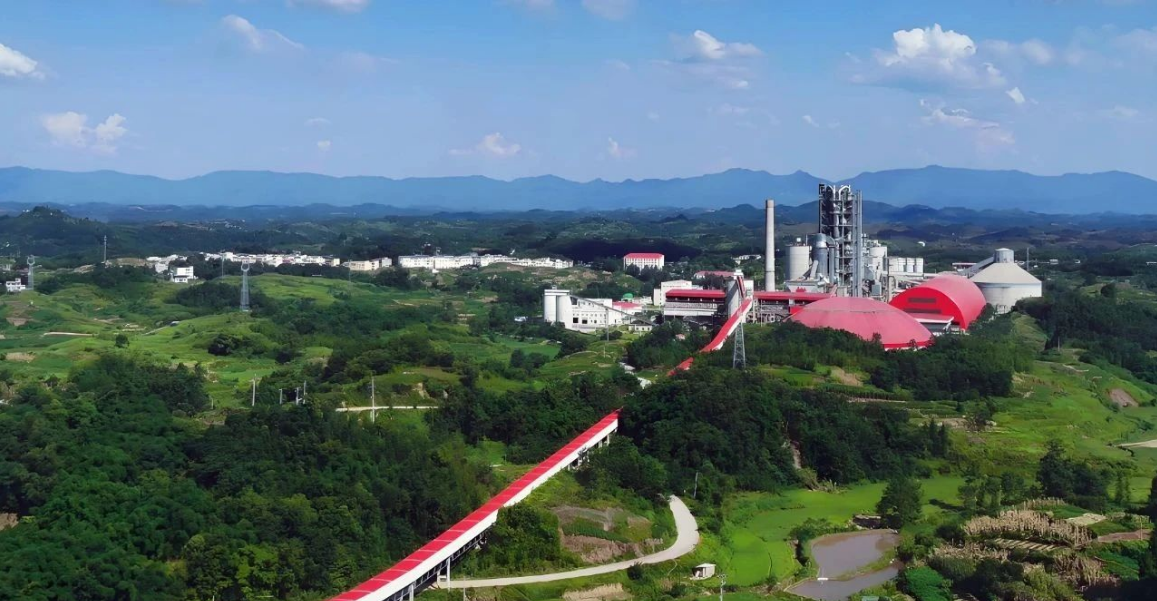
Agricultural waste like straw has irregular shapes and varying sizes. Direct co-firing without pretreatment frequently clogs feeding systems and reduces combustion efficiency by over 20% due to disrupted fluidization.
Thus, particle size control, density enhancement, and shape standardization are critical prerequisites for biomass co-firing.
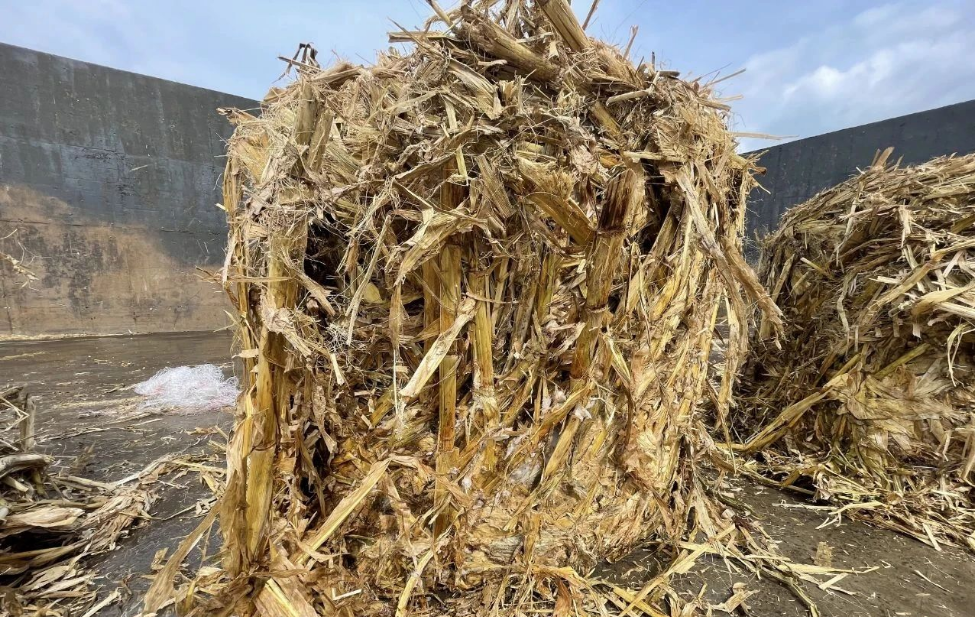
HARDEN's ONE-STEP shredder, with its high-precision cutting system and innovative structure, delivers a refined biomass pretreatment solution:
Dynamic Interlocking Technology:
Dual counter-rotating shafts grip irregular biomass like straw, combining shearing and tearing to cut coarse fibers, reducing material to below 30mm in one pass.
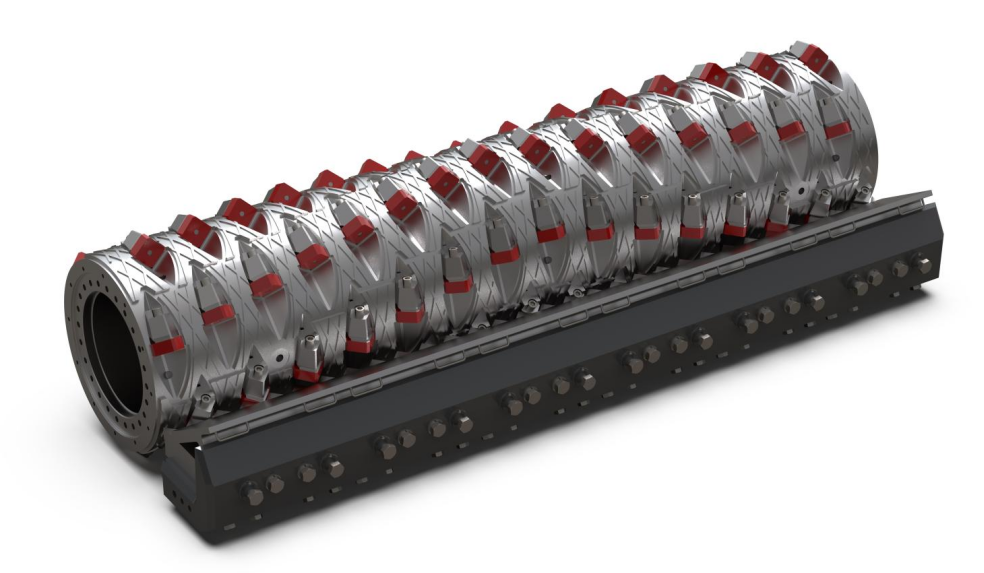
Adaptive Shredding Logic:
Real-time monitoring of thrust and motor load adjusts for varying feedstock sizes, preventing jams while maximizing throughput, boosting efficiency.
30% Lower Energy Consumption:
Upgraded with variable-frequency drives, the single-step shredder cuts energy use by 30% compared to multi-stage crushing lines.
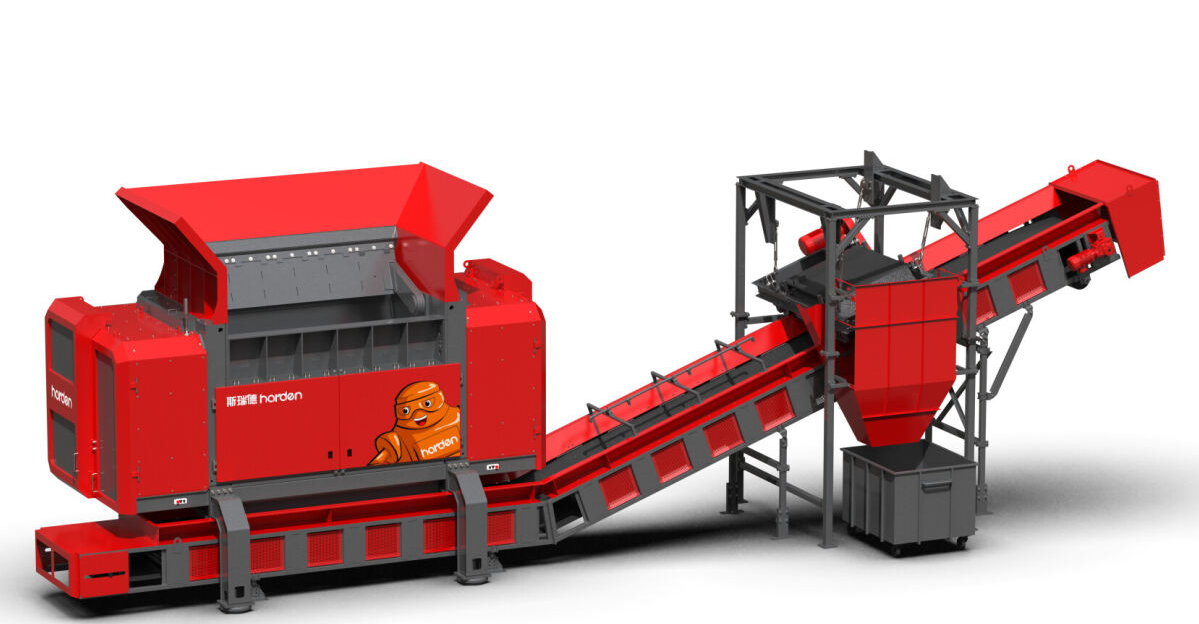
This "one-step" refinement ensures stable particle sizes below 30mm, maintaining boiler combustion efficiency above 96%.

2. Exponential Environmental Benefits
Burning 1 ton of straw replaces 0.6 tons of coal, reducing CO₂ by 1.2 tons.
A Chinese power plant reported SO₂emissions at just 0.8% of coal’s, with 92% less particulate matter.
Nationwide 15% co-firing could cut SO₂by 1.2 million tons/year—equivalent to planting 10 million mature broadleaf trees.
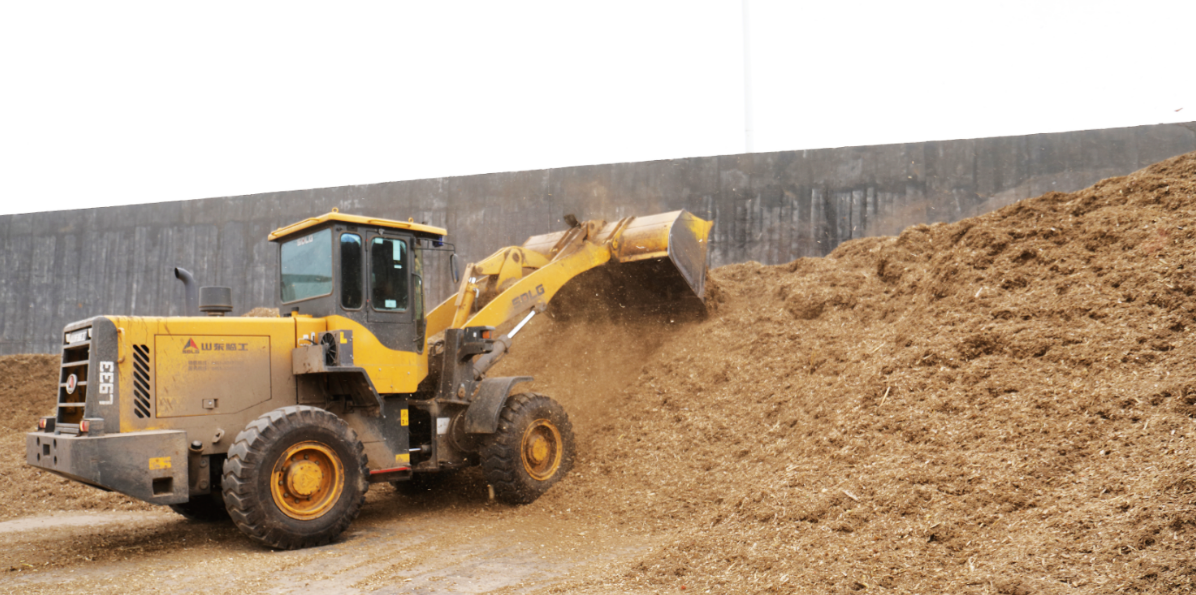
3. Economic Multiplier Effect
Fuel Savings: Biomass costs 20–25% less than coal. Using 100,000 tons saves ¥13.6–17 million (at ¥650/ton coal) and replaces 60,000–75,000 tons of coal.
Carbon Revenue: A 300,000-ton/year co-firing plant cuts CO₂ by 450,000 tons, yielding ¥22.5 million at ¥50/ton—offsetting collection costs and enabling "green profits."
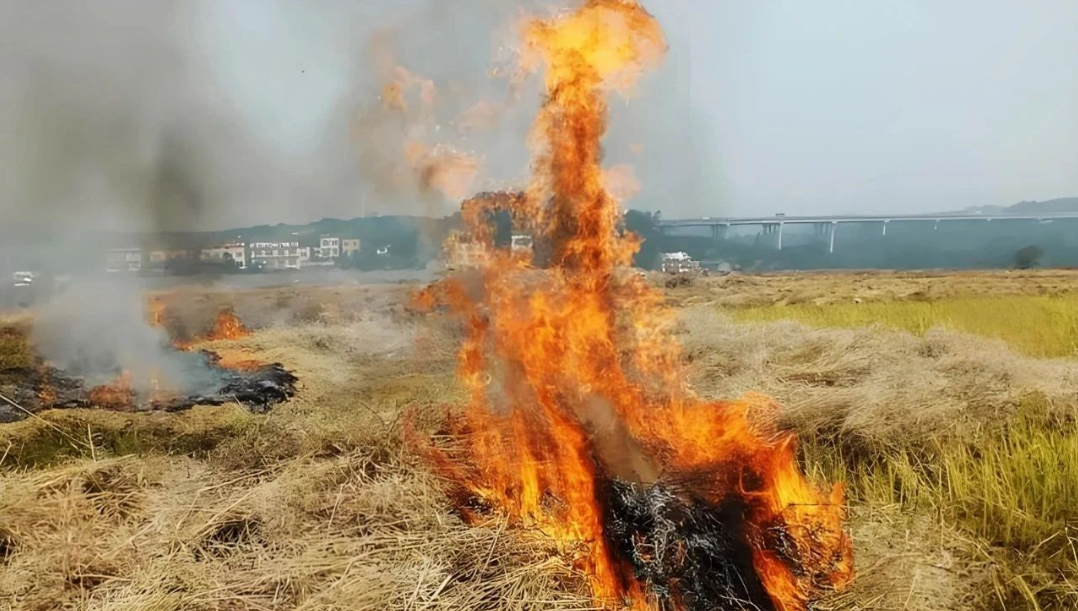
Social Synergy
China’s vast agricultural waste poses disposal challenges. Open burning worsens air pollution, but converting straw to fuel curbs emissions while boosting farmer incomes. This industry-agriculture synergy creates new ecological value.
In cement kiln flames, biomass waste is reborn; Co-firing isn't just innovation—it's a mindset shift, turning industrial emissions into rural income, pollution control into resource cycling, and green transition into competitive edge.

